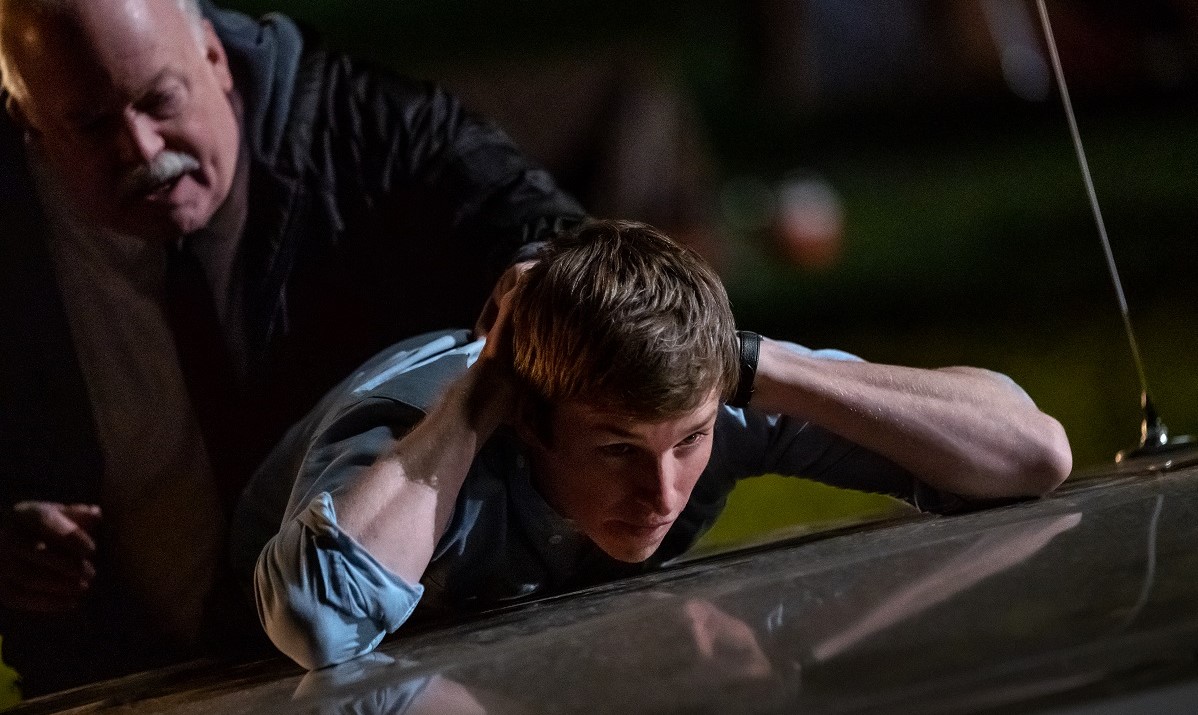

Chicago seven plus#
A synthesis of Bauhaus uniform social planning plus 19th-century eccentric individualistic design! Chicago’s 70 square miles of residential land could actually be apportioned into such plots to give to each of the 1.3 million urban citizens. Each model, with a 15-foot front and 30-foot rear setback, and a maximum 40-foot cornice line recalling the cornice lines which limited the height of Michigan Avenue buildings before World War II, was set in the gallery, in a row, on a pedestal representing a plot of land 20 by 120 feet. According to Booth the exhibition was both a futuristic and a nostalgic idea for a different kind of city. The resulting houses were bizarre: Ben Weese’s country-modern double bungalow with an oversized body, shrunken pyramidal roofs, and front projecting bays that rested upon one another Thomas Beeby’s romantic villa with an arched grille beneath a skylight diffusing light and shadow around an interior already broken into compartmental, roof-capped, frescoed rooms Laurence Booth’s Chateau Chardin with separate levels for man’s materiality, sociality, individuality, intellect and spirit-the upper level with a slide-back dome to unite praying man with the cosmos James Freed’s white facade-flanked child’s box-house sheltering a block structure-in-a-structure and a winged butler who received a salute from a uniformed man in the rear court Stuart Cohen’s hybridized facade-third story International Style rectangle sandwiched between decorative cornices and progressively diminishing second and first stories supported by classical columns-which challenges ideas of a building having to reflect only one cohesive style Helmut Jahn’s greenhouse-type facade whose bent steel whitewashed columns supported a clear plexiglass sheath-a nice liberty with International Style’s box sheath over a standard-part frame.īut ironies also abound. Assuring individualism of design by the use of this game implied that even an architect’s mimicking of “the Joneses” might at times be an involuntary thing.

The purpose of “Exquisite Corpse” is to keep open “a dialogue on ideas about architecture in a city notably suspicious of architectural dialogue.” Following a children’s game once used by the Surrealists- cadavre exquis-each architect created a house design, without seeing the other architects’ designs, so that the final street might ignite the “spark of freedom” of a Surrealist juxtaposition.

Then in December 1976 a Richard Gray Gallery show of models for country houses (Beeby, Freed and Nagle having joined to form “Seven”) put forth the consensus that “the small private structure as opposed to large corporate and government commissions” was a source of “vitality in areas other than Chicago’s current development of super highrise buildings with ‘tube’ structures.” In February 1976, Booth, Cohen, Tigerman and Weese came together to challenge a 1973 exhibition titled “100 Years of Architecture in Chicago: Continuity of Structure and Form,” mounted in Munich, Germany, which helped support the slogan, “Chicago is the only city in which International Style is also local style.” The resulting Salon des Refusés, entitled “Chicago Architects,” intended to display “the suppressed romanticism of Chicago’s unknown architects,” and did demonstrate a largely unpublicized eclecticism-but no unified counter-style. In the February 1978 Walter Kelly Gallery “Exquisite Corpse” exhibition, eight Chicago architects-Thomas Beeby, Laurence Booth, Stuart Cohen, James Freed, Helmut Jahn, James Nagle, Stanley Tigerman and Benjamin Weese-who had already named themselves Chicago Seven, exhibited models for townhouses. Walter Kelly Gallery And Graham Foundation For Advanced Studies In The Fine Arts


 0 kommentar(er)
0 kommentar(er)
